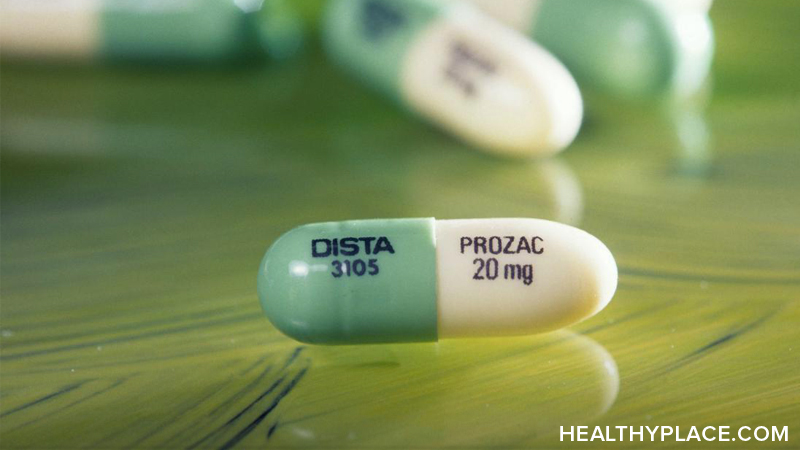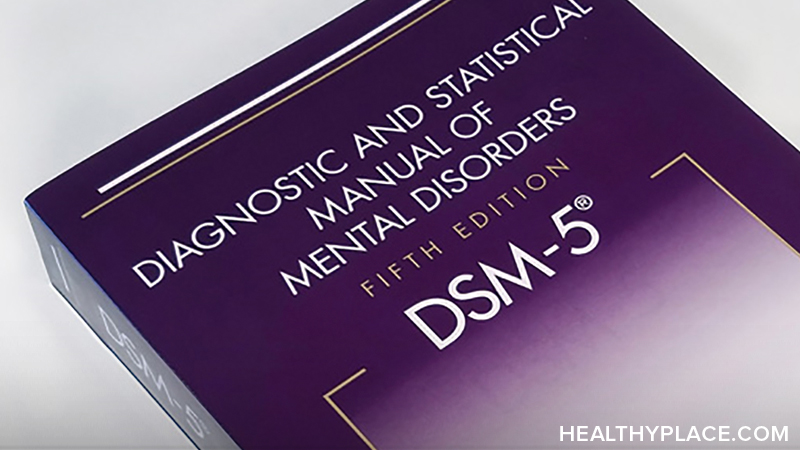Switching Antidepressant: References
Definitions
Augment: To add another medication or therapy to current medication.
Response: Some depressive symptoms improve, but you're still not back to your old self.
Remission: All of your depressive symptoms have improved and you feel like your old self.
Maintenance: Use of medication for at least nine months, sometimes years or even a lifetime, to prevent another depressive episode.
Treatment-resistant depression. Generally described as failing two or more adequate trials of antidepressants.
References for Article on Switching Antidepressants
Uhr M, Tontsch A, Namendorf C, et al. Polymorphisms in the Drug Transporter Gene ABCB1 Predict Antidepressant Treatment Response in Depression. Neuron. 2008; 57 (2): 203-9.
Kato M, Fukuda T, Serretti A, et al. ABCB1 (MDR1) gene polymorphisms are associated with the clinical response to paroxetine in patients with major depressive disorder. Prog Neuropsych Biol Psych. 32 (2):398-404.
Leuchter AF, Cook IA, Marangell LB, et al. Comparative effectiveness of biomarkers and clinical indicators for predicting outcomes of SSRI treatment in Major Depressive Disorder: results of the BRITE-MD study. Psychiatry Res. 2009 30;169(2):124-31.
Howland RH, Wilson MG, Kornstein SG, et al. Factors predicting reduced antidepressant response: experience with the SNRI duloxetine in patients with major depression. Ann Clin Psychiatry. 2008;20(4):209-18.
Young EA, Kornstein SG, Marcus SM, et al. Sex differences in response to citalopram: a STAR*D report. J Psychiatr Res. 2009 Feb;43(5):503-11.
Trivedi MH, Rush AJ, Wisniewski SR, et al: Evaluation of outcomes with citalopram for depression using measurement-based care in STAR∗D: Implications for clinical practice. Am J Psychiatry. 2006;163:28-40.
Geddes JR, Carney SM, Davies C, et al. Relapse prevention with antidepressant drug treatment in depressive disorders: a systematic review. The Lancet. 2003;361(9358):653.
Mueller TI, Leon AC, Keller MB, et al. Recurrence after recovery from major depressive disorder during 15 years of observational follow-up. Am J Psychiatry. 1999;156(7):1000-1006.
Judd LL, Paulus MJ, Schettler PJ, et al. Does incomplete recovery from first lifetime major depressive episode herald a chronic course of illness? Am J Psychiatry. 2000;157(9):1501-1504.
Kupfer DJ, Frank E, Perel JM, et al. Five-year outcome for maintenance therapies in recurrent depression. Arch Gen Psychiatry. 1992;49(10):769-773.
Simon GE, Von Korff M, Rutter CM, Peterson DA. Treatment process and outcomes for managed care patients receiving new antidepressant prescriptions from psychiatrists and primary care physicians. Arch Gen Psychiatry. 2001;58(4):395-
Weilburg JB, O'Leary KM, Meigs JB, et al. Evaluation of the adequacy of outpatient antidepressant treatment. Psychiatr Serv. 2003;54(9):1233-9.
Lin EH, Katon WJ, Simon GE, et al. Low-intensity treatment of depression in primary care: Is it problematic? Gen Hosp Psychiatry. 2000;22(2):78-83.
Trivedi MH, Fava M, Wisniewski SR, et al. Medication augmentation after the failure of SSRIs for depression. N Engl J Med. 2006;354(12):1243-1252.
Nierenberg AA, Fava M, Trivedi MH, et al A comparison of lithium and T(3) augmentation following two failed medication treatments for depression: a STAR*D report. Am J Psychiatry. 2006;163(9):1519-30.
Thase ME, Friedman ES, Biggs MM, et al. Cognitive therapy versus medication in augmentation and switch strategies as second-step treatments: a STAR*D report. Am J Psychiatry. 2007;164(5):739-52.
How to Switch Antidepressants. Pharmacist's Letter/Prescriber's Letter. 2006;22(220605). Available at: www.pharacistsletter.com. Accessed December 17, 2009.
back to: Finding the Right Antidepressant for Your Depression
~ all articles on switching antidepressants
~ all articles on depression
APA Reference
Staff, H.
(2022, January 4). Switching Antidepressant: References, HealthyPlace. Retrieved
on 2025, November 5 from https://www.healthyplace.com/depression/switching-antidepressants/switching-antidepressant-references





 Special report on why people with major depression sometimes switch antidepressant medications, why you should never suddenly stop your antidepressant and how to change antidepressants safely.
Special report on why people with major depression sometimes switch antidepressant medications, why you should never suddenly stop your antidepressant and how to change antidepressants safely.

